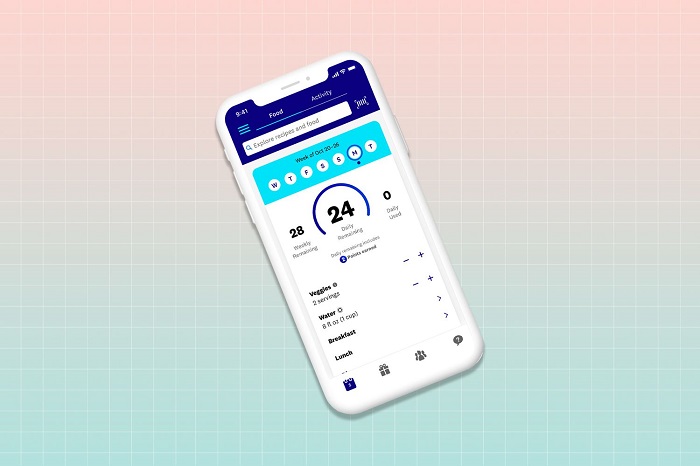After over ten years of helping people lose millions of pounds and kilograms with their Momentum weight loss program, Weight Watchers has released an updated program aptly named Points Plus. This new scientifically designed and tested weight loss plan still uses those famous Weight Watchers points, but now they are calculated in a much different way.
Weight Watchers Program

Weight Watchers has been a leader in the science of weight loss since the early 1960s. The last time that Weight Watchers did a major update to their program loss plan was in the mid-1990s. About four years ago, David Kirchhoff, CEO of Weight Watchers International, asked Karen Miller-Kochab (Chief Scientific Officer, Weight Watchers International) a simple question: “If the points system was going to be developed today, instead of ten years ago, would it be the same?” She answered, “No, it would be very different because we know so much more now.” Kirchhoff saw immediately that Weight Watchers had an obligation to its members to provide the most up-to-date weight loss program possible and that they were falling behind.
This realization led to about four years of research and randomized clinical trials that examined how the body processes calories from protein, carbohydrates, fiber, and fat as well as how they satisfy a person’s appetite. From this research emerged a new Weight Watchers program called Points Plus (or Pro Points in the UK). According to Weight Watchers, the clinical studies of the new program demonstrated “an improvement in behaviors that help people maintain weight loss and a reduction in the desire to eat when there’s no physical hunger or need for food.” After thorough study, the new program has finally been released to the public.
Recommended you Read: Nutrisystem or Weight Watchers Comparision
This new Weight Watchers program still uses a points-based system, but these points are calculated much differently than with the old Momentum program. The number of points that an individual can consume is still calculated based upon height, weight, age, and sex, but the foods that the points represent have changed dramatically. Unlike the Weight Watchers Momentum plan, Points Plus calculates point values taking into consideration protein, carbohydrates, fats, and fiber. Particular emphasis is placed on eating whole or unprocessed foods. Points Plus is much more considerate of the modern lifestyle and includes guidance on how to succeed in the program even with the stresses and demands placed on you by children, work, and temptation.
Most average Weight Watchers members will see their daily points increase to somewhere around 29, but beware, the point values for some foods have increased in kind. Weight Watchers has also added 49 extra “real living points” to be used for special occasions like a special night out or a birthday party at work. Of course, these points disappear if they are not used. Probably the most popular change is that now all fruits have a zero-point value. Low-starch vegetables also earn zero points. This change in point value is in recognition of the holistic importance of eating unrefined whole foods and foods that are low in starch.
Points Plus addresses the problem of “feeling full” by encouraging members to eat more proteins and fiber. These foods take longer to digest and provide that feeling of being full for a much longer time. This is very important when you are trying to lose weight and fight the temptation to overeat.
Weight Watchers has also integrated an award system for physical activity. Activity points are added for members who exercise as part of their weight loss program. To cap off the modernization of the Weight Watchers program, they have recently released smart phone applications for both iPhone and Android users.